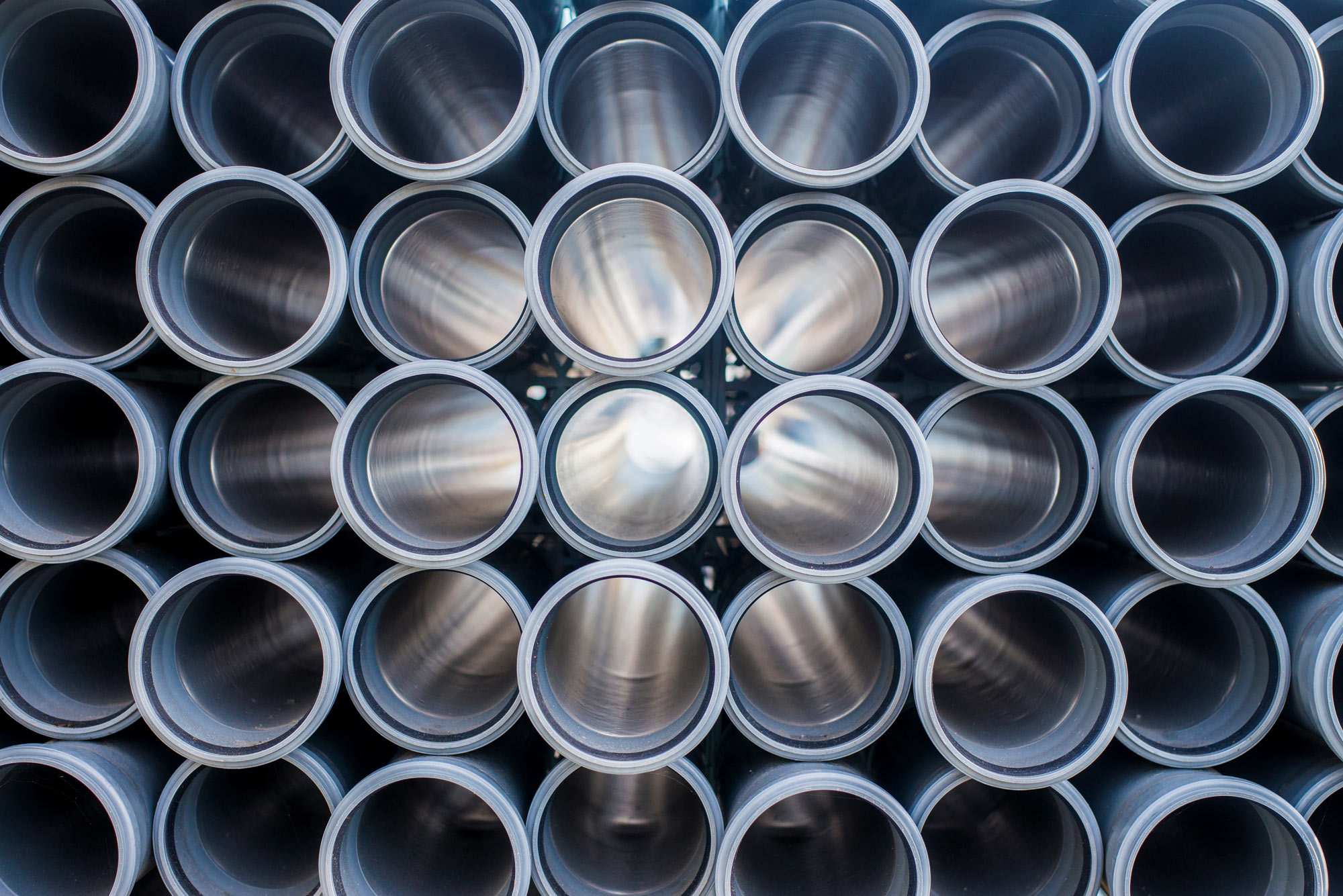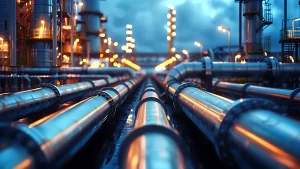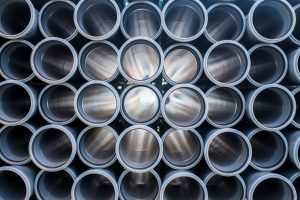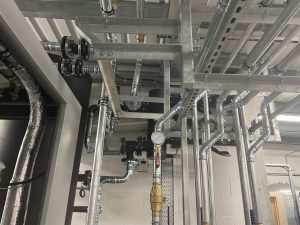The intricate world of industrial pipework design stretches far beyond its utilitarian function, embedding itself as a pivotal element in various sectors, including engineering, manufacturing, and environmental management.
Tracing its origins back to ancient civilisations, pipework has served as the lifeline of urban development, facilitating the distribution of water, the disposal of waste, and the management of heating and cooling systems.
The progression from rudimentary channels carved in stone to the sophisticated networks that underpin modern infrastructure reveals a fascinating journey of innovation and adaptation.
This evolution not only mirrors technological advancements but also reflects humanity’s growing understanding of health, safety, and environmental considerations.
Early Developments
The annals of history are replete with examples of early pipework systems, which bear testament to the ingenuity of ancient engineers.
The Roman aqueducts, an engineering marvel of their time, utilised gravity to transport water across vast distances, while the lead pipes of ancient Rome served to distribute water within urban areas.
These early systems, while innovative, were not without their flaws.
Lead pipes, for instance, posed significant health risks, a fact that was not well understood until much later. Moreover, the materials used were susceptible to degradation over time, limiting the lifespan and efficiency of these early pipework systems.
Despite these challenges, the foundational principles laid down by ancient civilisations have continued to influence pipework design to this day.
The Industrial Revolution and Beyond
The Industrial Revolution marked a watershed moment for pipework design, catalysing profound changes that propelled the development of more robust and efficient systems.
The advent of steam power necessitated the creation of pipes capable of withstanding greater pressures and temperatures, leading to the introduction of iron and steel as preferred materials.
This era also saw the standardisation of pipe sizes and fittings, which significantly enhanced the efficiency of pipe manufacturing and installation.
The innovations of the Industrial Revolution laid the groundwork for the modern pipework systems we rely on today, demonstrating the pivotal role of industrial advances in shaping the evolution of pipework design.
Modern Materials and Technologies
In recent decades, the field of pipework design has been revolutionised by the introduction of new materials and cutting-edge technologies.
Materials such as PVC, PEX, and stainless steel have become staples in pipework systems, offering superior durability, flexibility, and resistance to corrosion compared to their predecessors.
Concurrently, advancements in technology, particularly in the realms of Computer-Aided Design (CAD) and Computer-Aided Manufacturing (CAM), have dramatically improved the precision, efficiency, and cost-effectiveness of pipework design and installation.
These modern materials and technologies not only enhance the performance of pipework systems but also contribute to environmental sustainability by reducing waste and energy consumption.
Current Trends and Future Directions
Today, the evolution of pipework design is increasingly influenced by the drive towards sustainability and the integration of smart technologies.
The industry is witnessing a growing emphasis on the use of recyclable materials and the development of energy-efficient systems.
Looking towards the future, there is considerable excitement about the potential for smart pipework systems equipped with sensors and IoT (Internet of Things) technologies.
These innovations promise to revolutionise the monitoring and maintenance of pipework systems, enabling
real-time detection of leaks, pressure changes, and potential failures.
This proactive approach to pipework management not only has the potential to significantly reduce water waste and improve system reliability but also paves the way for more sustainable and resilient urban infrastructures.
Conclusion
The journey of pipework design from the ancient aqueducts to the smart pipes of the future reflects a broader narrative of human innovation and adaptation.
As we have seen, each era brought with it new challenges and opportunities, driving the evolution of pipework systems in response to the changing needs of society.
Today, as we stand on the cusp of a new era in pipework design, marked by sustainability and smart technology, it is clear that the lessons learned from the past will continue to inform and guide the development of future pipework systems.
The evolution of pipework design is a testament to the enduring human quest for improvement and efficiency, a quest that is as relevant today as it was thousands of years ago.








